Hale Habitat & Seed
Big Bluestem
Big Bluestem
FREE SHIPPING!
Couldn't load pickup availability
Big bluestem (Andropogon gerardii) is a perennial, tall, warm-season native grass found across the prairies of North America. It is a key component of prairie ecosystems and is valued for its wildlife benefits, soil erosion control, and forage quality. Big bluestem provides essential habitat for birds, small mammals, and pollinators, while its deep roots help improve soil health and water retention.
Benefits for Wildlife Habitat
✔ High-protein forage for deer, bison, and small mammals.
✔ Attracts a wide range of wildlife, including upland game birds like pheasants and quail, by providing nesting coverand food.
✔ Pollinator-friendly, especially for bees and butterflies.
✔ Improves soil health by adding organic matter and reducing erosion.
✔ Year-round habitat, offering cover in winter and forage during the growing season.
Planting Guidelines
-
Planting Times:
- Late Spring to Early Summer (May–June): Best planting time when soil temperatures reach 60–70°F for optimal germination.
- Fall (September–October): Can be planted for fall and winter cover, but spring is ideal for growth.
-
Seeding Depth:
- ¼ to ½ inch deep for best germination, as it needs good soil contact for successful establishment.
-
Seeding Rates:
- Drilled: 6–8 lbs per acre for more uniform stands.
- Broadcast: 8–10 lbs per acre, followed by light dragging or cultipacking to ensure good seed-to-soil contact.
-
Days to Maturity:
- 90–120 days for full growth and maturity. Big bluestem typically reaches its full height in early fall and is ready for wildlife use.
-
Height at Maturity:
- Big Bluestem grows to a height of 4–7 feet at full maturity, with a characteristic tall, upright growth habit.
-
Drought Tolerance:
- High – Big bluestem is well-known for its drought tolerance, thanks to its deep root system that accesses moisture from deeper soil layers.
-
Saturated Soil Tolerance:
- Low to Moderate – Prefers well-drained soils and does not tolerate waterlogged conditions for extended periods.
-
Shade Tolerance:
- Low to Moderate – Performs best in full sun but can tolerate light shade, especially during early growth.
Fertilization Guidelines for Big Bluestem
- Soil pH: Prefers slightly acidic to neutral soils with a pH range of 5.5–7.0.
- Nitrogen (N): Big bluestem generally requires minimal nitrogen since it is adapted to low-nitrogen environments. Excessive nitrogen can promote weedy competition.
- Phosphorus (P): Apply 20–40 lbs P₂O₅ per acre, based on soil test recommendations, to encourage root development and early growth.
- Potassium (K): Apply 30–60 lbs K₂O per acre if soil potassium levels are low to support overall growth.
Fertilization Timing:
- Apply phosphorus and potassium before planting based on soil tests.
- Big bluestem does not require heavy fertilization, and applying too much nitrogen can harm its growth.
Herbicide Use for Big Bluestem
-
Weed Management:
- Weed control is important during establishment, as big bluestem can be easily overshadowed by aggressive weeds, particularly during the first growing season.
-
Herbicide Options:
- Pre-emergence herbicides: Consider Pendimethalin (Prowl) or Trifluralin (Treflan) for early-season grass and broadleaf weed control before planting.
- Post-emergence herbicides: Use 2,4-D or Glyphosate (Roundup) selectively to manage broadleaf weeds. Use caution with glyphosate, as it may damage other plants if applied incorrectly.
- Mowing or manual weed removal can help minimize herbicide use.
Key Considerations:
- Herbicide resistance and timing are critical. Follow all label instructions carefully to avoid damage to big bluestem.
- Once established, big bluestem has fewer weed problems due to its deep roots and strong growth.
Share
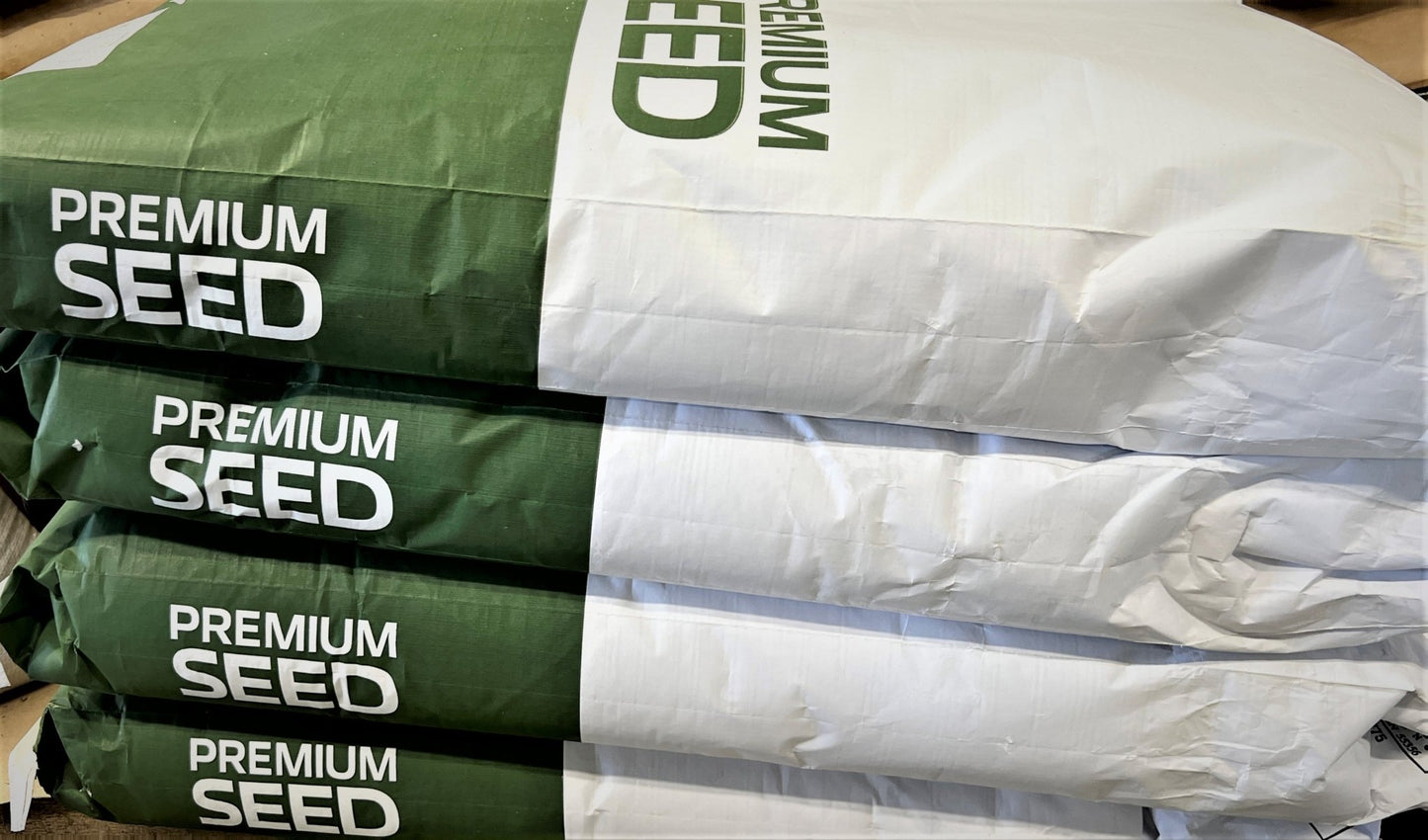

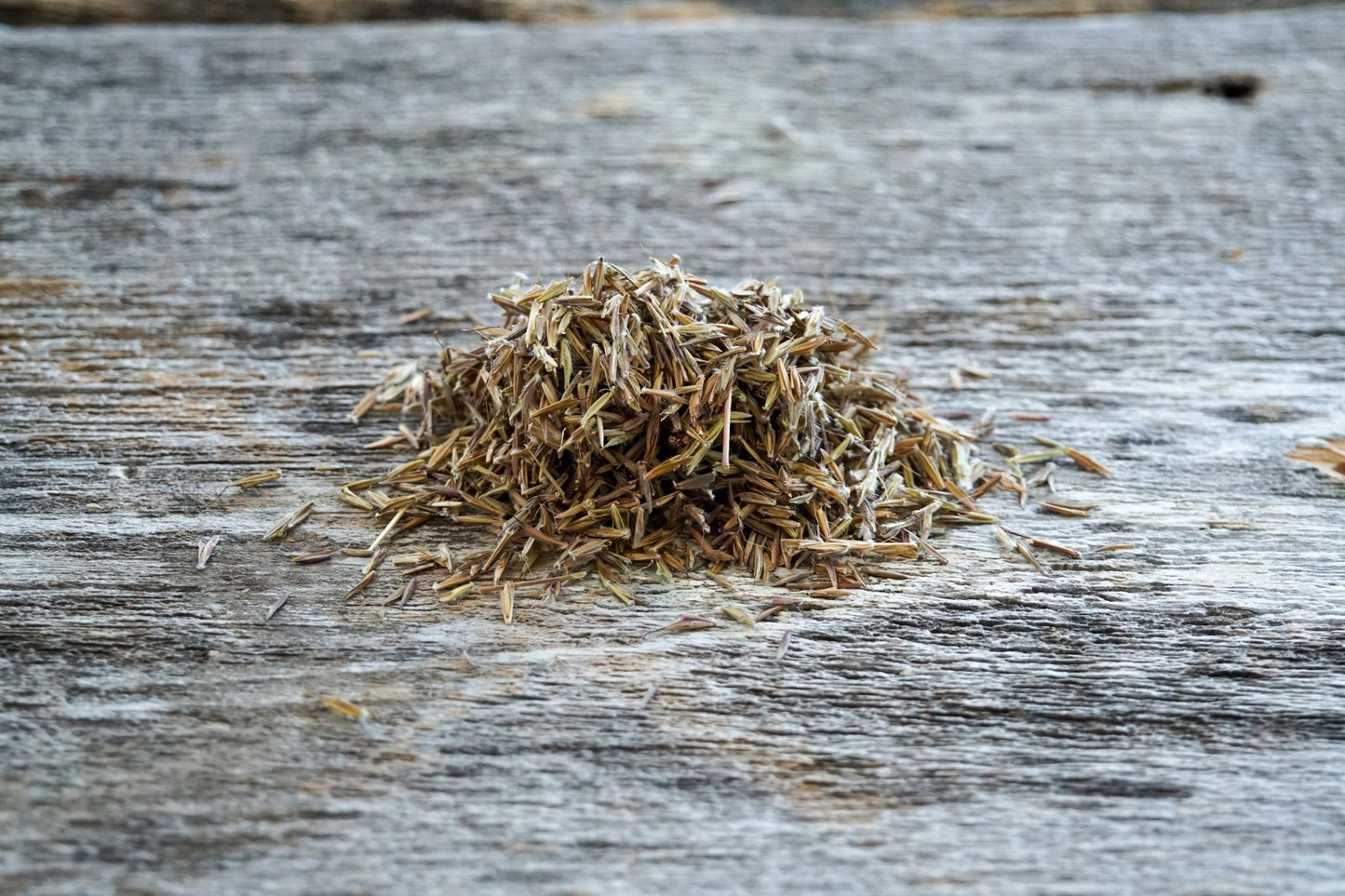
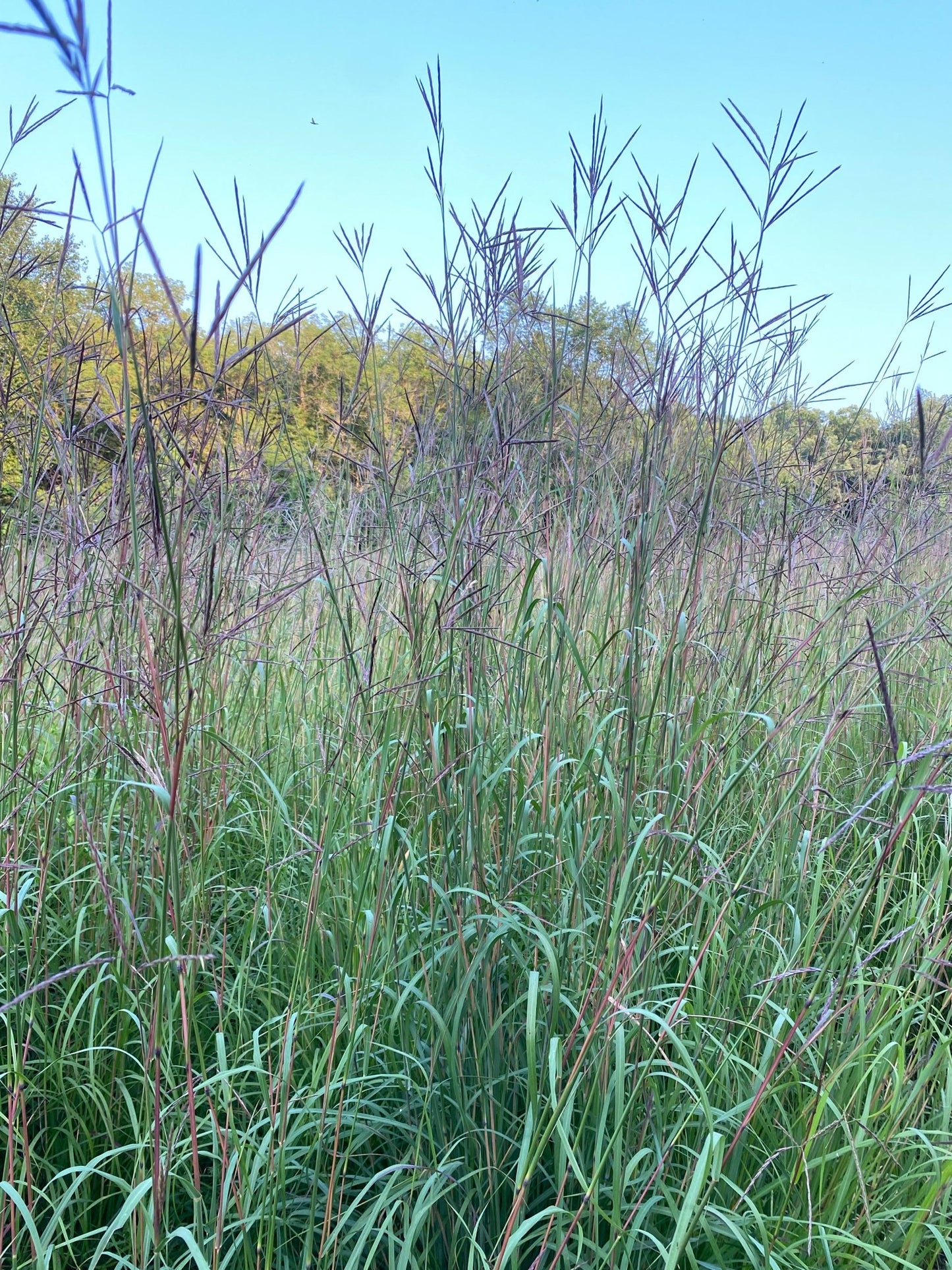
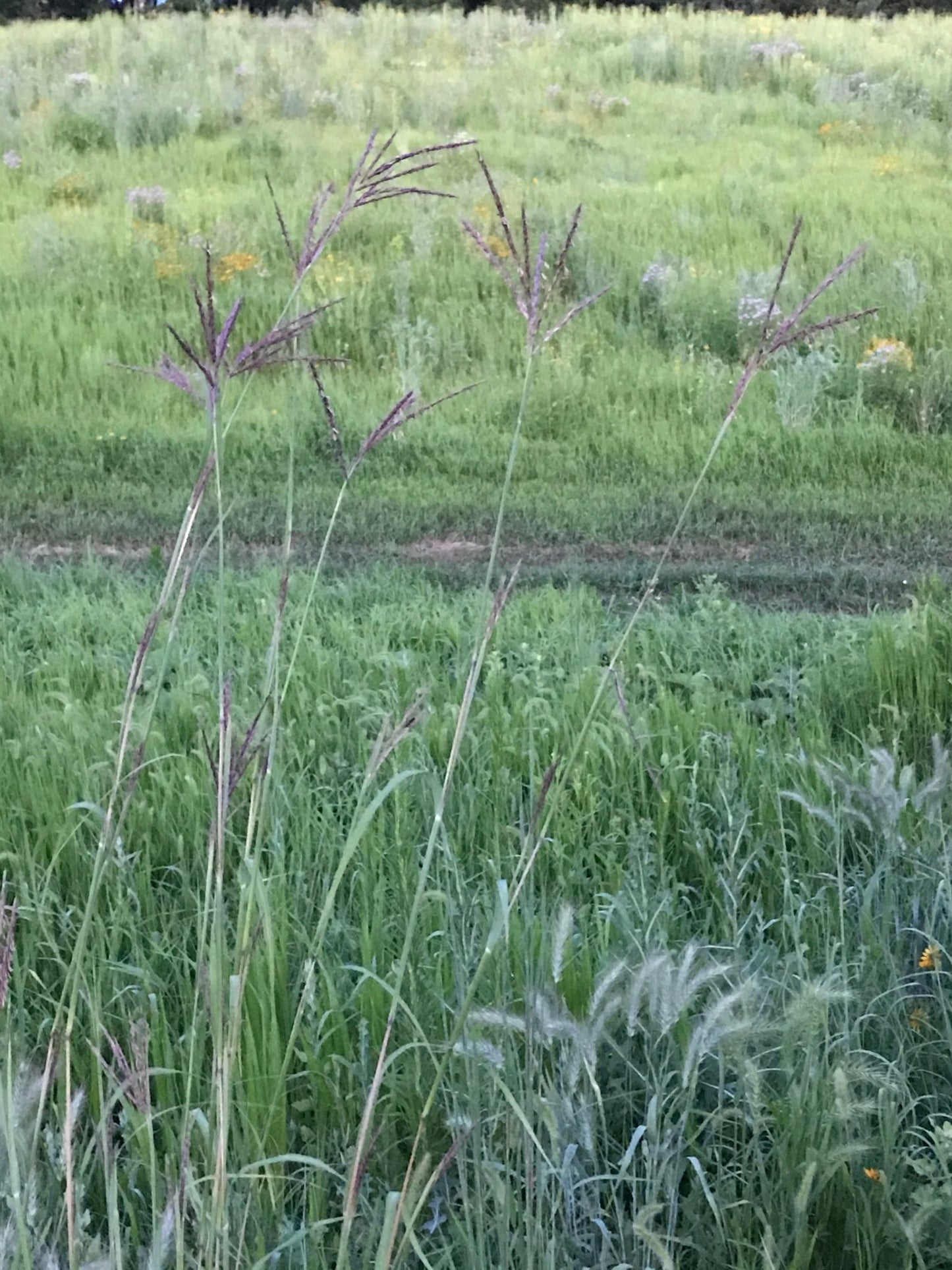
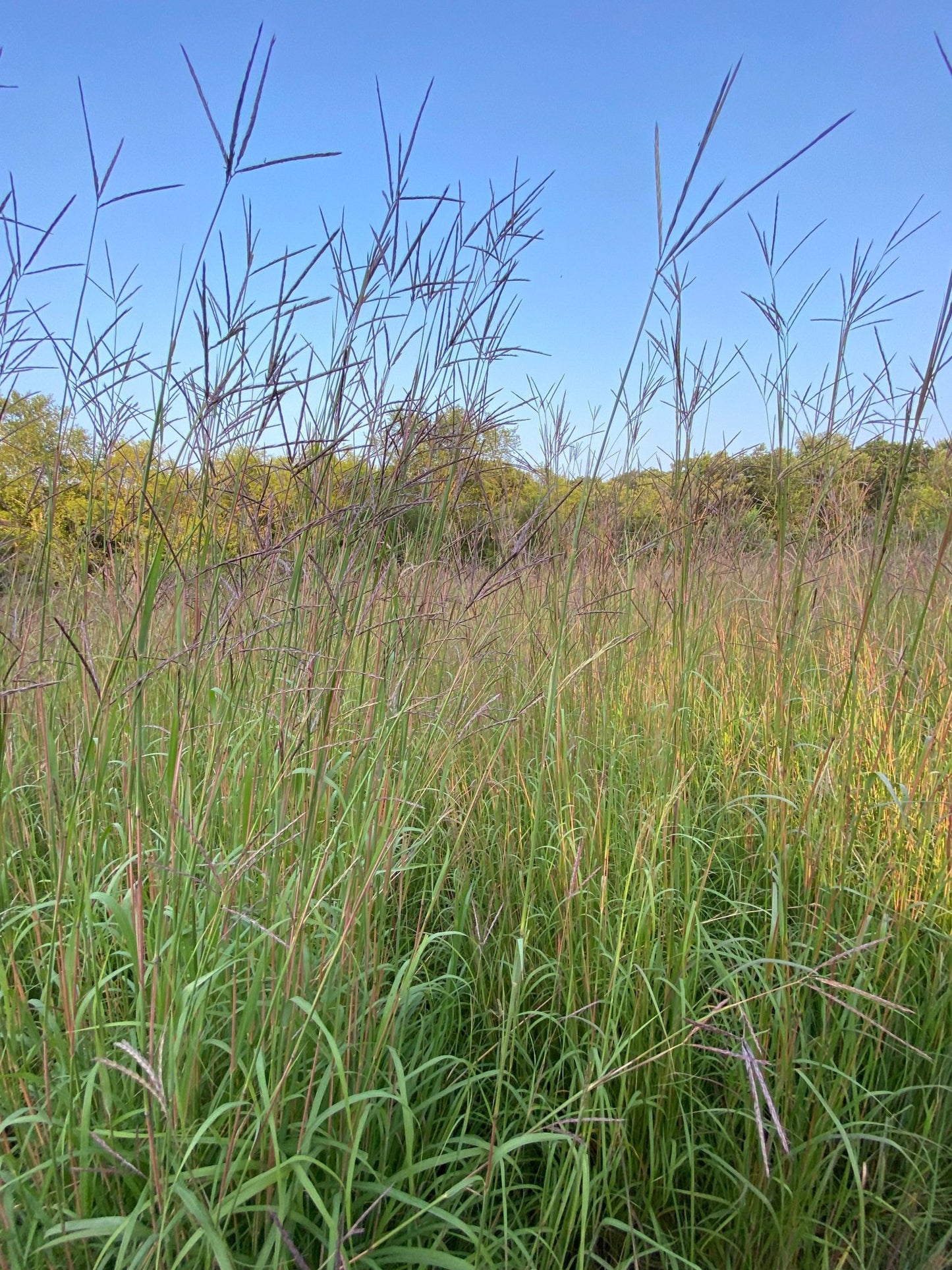
I have not put these seeds in the ground yet but am very pleased with the shipping and nice hand written gesture inside the package. Seeds look very clean.






